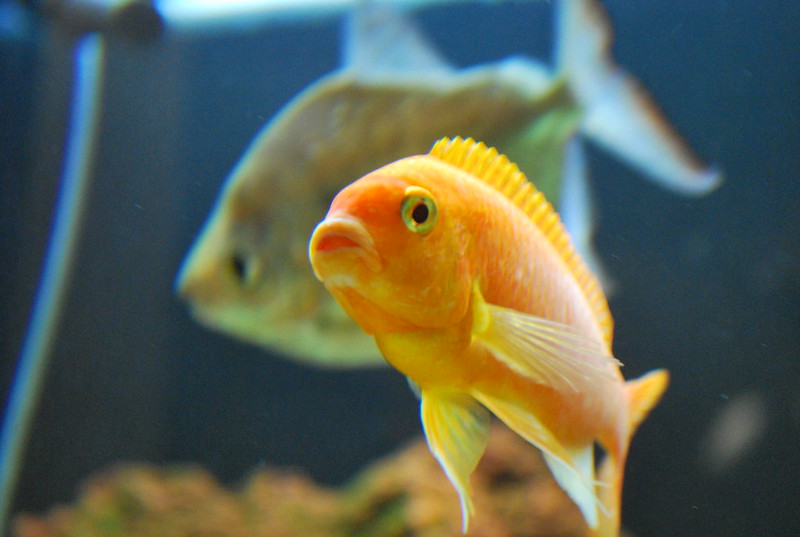The adaptation of a finned fish to movement in water
The adaptation of a finned fish to movement in water is a remarkable example of nature’s ingenuity. Through millions of years of evolution, fish have developed a wide array of anatomical and physiological features that allow them to navigate their aquatic environment with great efficiency. The key adaptation for movement in water is the presence of fins, which play a crucial role in propulsion, stability, and maneuverability.
First and foremost, the presence of fins enables fish to generate forward propulsion. The caudal fin, or tail fin, is particularly important in this regard. It consists of two lobes, the upper and lower, which are separated by a notch called the caudal peduncle. As the fish flexes its body from side to side, the caudal fin sweeps through the water, creating a backward thrust that propels the fish forward. The shape and size of the caudal fin can vary among different species of fish, with some having deeply forked tails for speed and others possessing broad and rounded tails for maneuverability.
In addition to the caudal fin, fish also have other types of fins that aid in movement. The pectoral fins, located on the sides of the fish just behind the gills, provide lift and stability. They are used to control the fish’s depth and direction by adjusting their position and angle. The pelvic fins, situated on the ventral side of the fish near the posterior end of the body, assist in steering and braking maneuvers. The dorsal fin, found on the back of the fish, helps to maintain stability and prevent rolling motions.
Another crucial adaptation for movement in water is the streamlined body shape of fish. Their bodies are elongated and tapered, allowing them to minimize water resistance as they swim. This streamlined shape reduces drag and enables fish to move through the water more efficiently. It also allows them to conserve energy and reach higher speeds when necessary.
Furthermore, fish possess specialized scales that aid in their movement. These scales are smooth and overlapping, providing a protective covering for the fish’s body while also reducing friction. By reducing drag, the scales enable fish to move swiftly and smoothly through the water without unnecessary resistance.
To complement their external adaptations, fish have developed internal structures that support movement. Their muscles, particularly the myotomes or muscular segments along the body, are arranged in a series of W-shaped bands. When these muscles contract in an alternating pattern, they create undulating waves that pass along the fish’s body from head to tail. This motion, known as lateral undulation, propels the fish forward and contributes to its efficient movement.

Additionally, fish have a specialized swim bladder, an internal gas-filled organ that helps control buoyancy. By adjusting the volume of gas in the swim bladder, fish can control their position in the water column. This adaptation allows them to rise or sink without expending excessive energy, maintaining their desired depth for efficient movement.
In conclusion, the adaptation of a finned fish to movement in water is a result of a combination of external and internal features. The presence of fins, streamlined body shape, specialized scales, and coordinated muscle movements all contribute to the fish’s ability to propel itself through the water with speed, precision, and agility. These adaptations have allowed fish to thrive in aquatic environments and occupy a diverse range of ecological niches.
